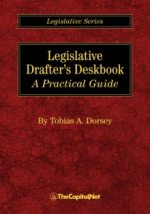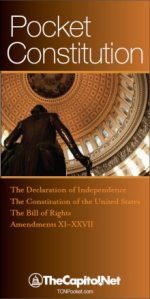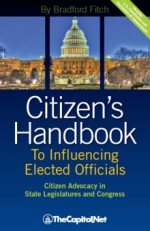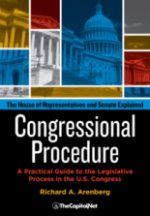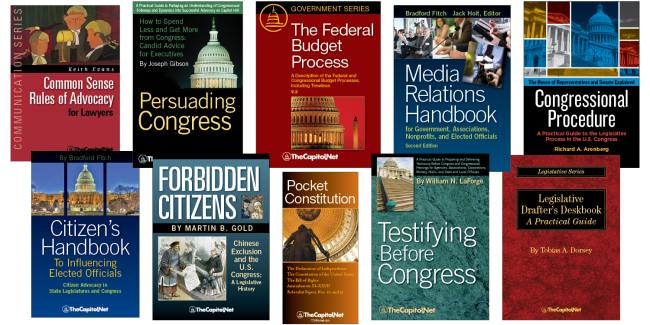From the Congressional Glossary – Including Legislative and Budget Terms
Division of a Question for Voting

A practice that is more common in the Senate but also is used in the House whereby a member may demand a division of an amendment or a motion for purposes of amendment. The individual parts are voted on separately when a member demands a division. Each part should present a separate proposition so that if any part is rejected the other parts can logically stand-alone. This procedure occurs most often during the consideration of conference reports.
Following a demand for the division of the motion, the House first considers whether it should recede from its disagreement. But if the House votes to recede, it crosses back over the threshold of disagreement; consequently, the precedence of motions reverses, and a motion to concur with an amendment takes precedence over a motion to concur.
As a result, the possibilities that may arise on the House floor as the House considers each amendment in disagreement depend on (1) which motion is made by the floor manager, (2) what motions have precedence over that motion, and (3) whether an attempt is made to change the order of precedence by demanding a division of the first motion.
More
- “House Committee Markups: Manual of Procedures and Procedural Strategies,” CRS Report R41083 (220-page PDF
 )
) - “The Amending Process in the House of Representatives,” CRS Report 98-995 (49-page PDF
 )
) - “Amendments Between the Houses: Procedural Options and Effects,” CRS Report R41003 (40-page PDF
 )
) - “Senate Amendment Process: General Conditions and Principles,” CRS Report 98-707 (4-page PDF
 )
) - “Resolving Legislative Differences in the Congress: Conference Committees and Amendments Between the Houses,” CRS Report 98-696 (40-page PDF
 )
) - “Record Voting in the House of Representatives: Issues and Options,” CRS Report RL34570 (175-page PDF
 )
) - “Conference Reports and Joint Explanatory Statements,” CRS Report 98-382 (5-page PDF
 )
) - “Points of Order in the Congressional Budget Process,” CRS Report 97-865 (21-page PDF
 )
)
Courses
- Congressional Operations Briefing – Capitol Hill Workshop
- Drafting Federal Legislation and Amendments
- Writing for Government and Business: Critical Thinking and Writing
- Custom Training
- Drafting Effective Federal Legislation and Amendments in a Nutshell, Audio Course on CD
- Congress, the Legislative Process, and the Fundamentals of Lawmaking Series, a Nine-Course series on CD
Publications
CongressionalGlossary.com, from TheCapitol.Net
For more than 40 years, TheCapitol.Net and its predecessor, Congressional Quarterly Executive Conferences, have been teaching professionals from government, military, business, and NGOs about the dynamics and operations of the legislative and executive branches and how to work with them.
Our custom on-site and online training, publications, and audio courses include congressional operations, legislative and budget process, communication and advocacy, media and public relations, testifying before Congress, research skills, legislative drafting, critical thinking and writing, and more.
TheCapitol.Net is on the GSA Schedule, MAS, for custom on-site and online training. GSA Contract GS02F0192X
TheCapitol.Net is now owned by the Sunwater Institute.
Teaching how Washington and Congress work ™

